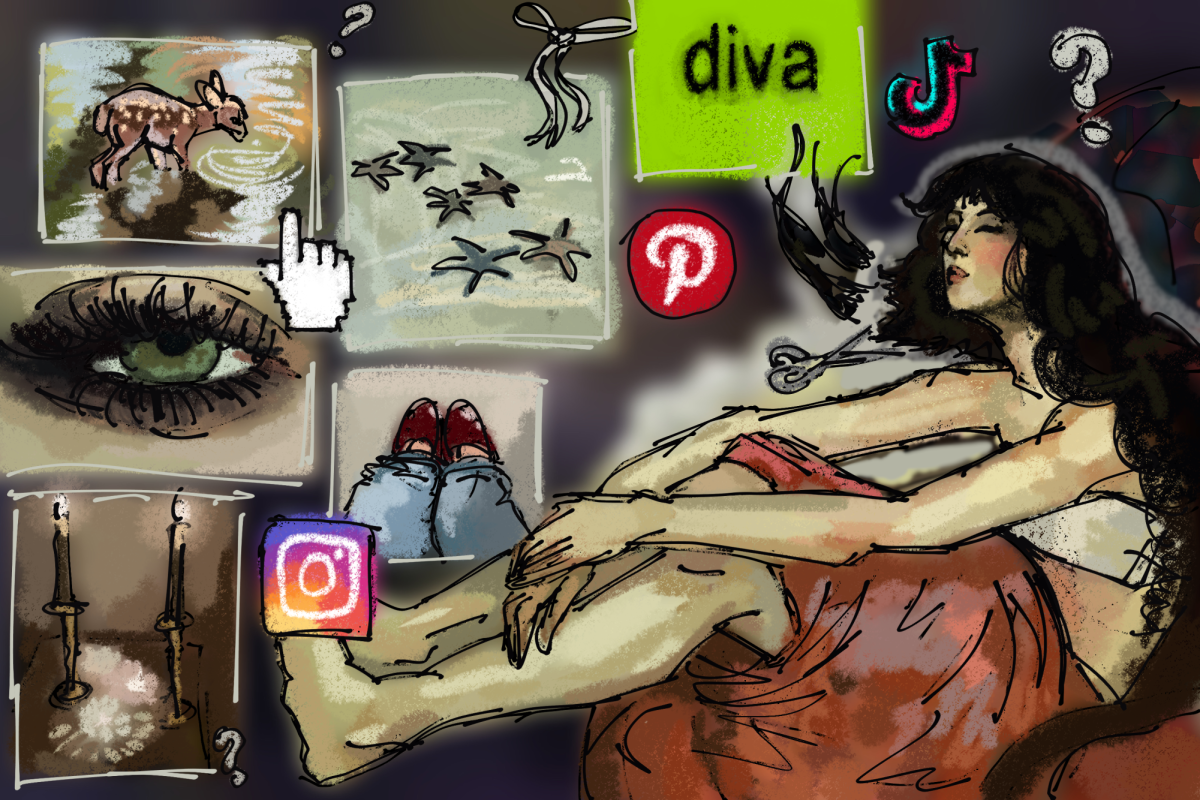Alone. Scared. Confused.
Human biology freshman Gabrielle Edwards used these words to describe what she felt like the first time she took a bus around Austin by herself.
“I remember looking out the window and thinking, ‘I don’t even know where I am,’” Edwards said. While many freshmen new to the Austin area could probably relate to Edwards’ struggles, she has the added difficulty of being an out-of-state student.
Tastes, social norms and customs tend to differ across state lines, and this poses a daunting challenge for out-of-state students to overcome in their first year at UT. Freshman orientation is the first time many of these students come into contact with the attitude and culture of Texas. Along with their in-state peers, out-of-state students learn what to expect from their new home.
While orientation does a good job of addressing the general concerns of most new college students, it doesn’t provide out-of-state students with enough opportunities to form a community of their own.
At first glance, this may seem antithetical to the purpose of orientation itself. Creating activities catered towards certain groups of students does run the risk of isolating these groups from the whole student population.
However, additional activities to supplement the orientation experience could offer the kind of enriching networking opportunities out-of-state students need. It could be an avenue for them to form a supportive community within a campus as large and diverse as UT.
Sloan Goldman, a human dimensions of organizations freshman, wishes she had been able to meet more people like herself at orientation.
“As the year goes on, I notice that no matter what situation we’re in, my in-state friends know of someone that can help us out,” Goldman said. “And I only know one person from my high school that goes here.”
This type of support goes a long way, especially because out-of-state students face problems in-state students simply can’t relate to. For example, logistics are a big concern for Julianna Leung, an international relations and global studies freshman.
“I’m from Connecticut, and it’s really difficult in terms of planning … like moving into an apartment,” Leung said. “I’ll probably have to get a storage unit over the summer. And if I wanted to do summer classes or an internship, it would be extra planning.”
Her most effective resource in grappling with these problems has been talking to other out-of-state students, especially those who are older.
Orientation offers some opportunities for out-of-state students to get to know one another. “[New Student Services] partners with Texas Parents … and they offer sessions for out-of-state families to provide tips and resources,” said Melissa Porch, manager of communications for New Student Services.
Additionally, they host an out-of-state student reception. “Out-of-state student organizations are invited to come speak to students and resources are provided to them, and we provide a dinner,” Porch wrote.
These opportunities don’t seem to be reaching their target audience, as Edwards, Goldman and Leung were surprised that these activities were even offered. More advertisement along with an out-of-state upperclassmen panel and an extra mixer or social event could function in the same vein as the optional orientation activities already offered. These events would help curb out-of-state students’ anxiety about their unique situations and provide them with contacts who can help them throughout the school year.
All students have different experiences and life stories, and it’s a noble goal to create a united freshman class. However, forgetting to address the unique difficulties some students face will only hinder their ability to make the most of their college experience. Orientation needs to do more for our of state students.
Dasgupta is a neuroscience freshman from Plano.





















